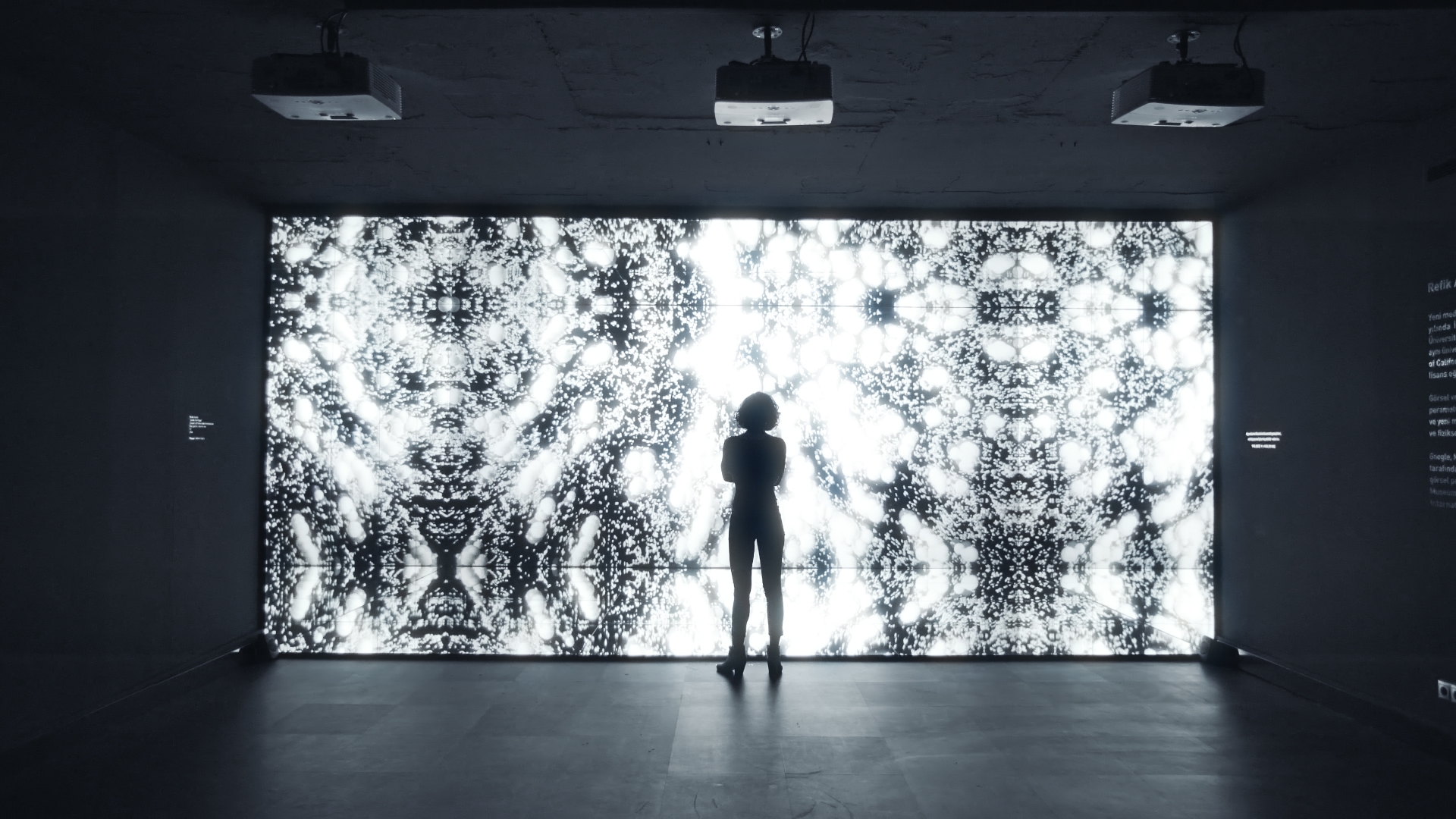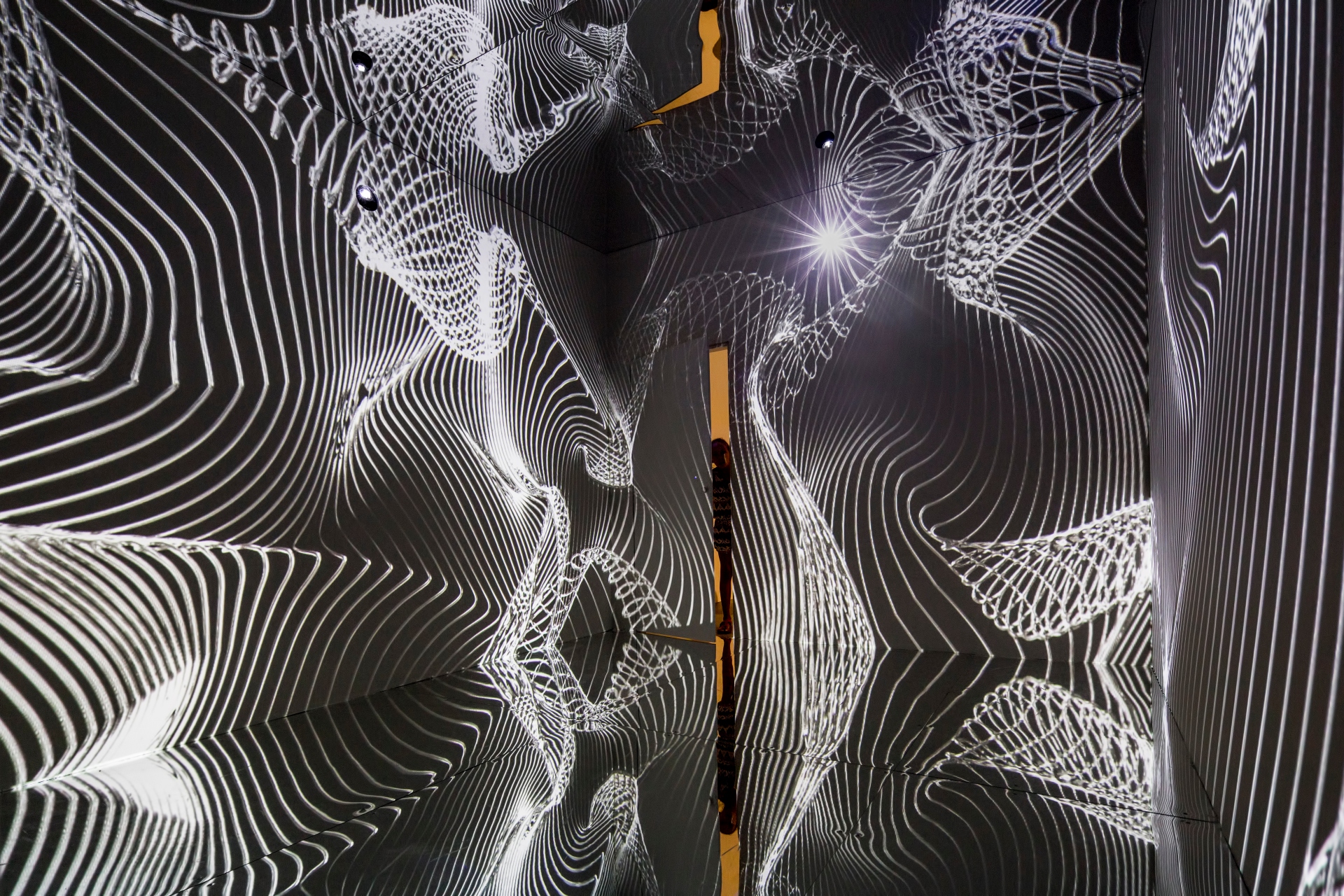Refik Anadol is a Turkish-American media artist, director, and pioneer in the aesthetics of machine intelligence. Based in Los Angeles, he owns and operates Refik Anadol Studio and RAS LAB, where the Studio’s research practice is centered around discovering and developing trailblazing approaches to data narratives and artificial intelligence. Anadol is also a lecturer for UCLA’s Department of Design Media Arts from which he obtained his second Master of Fine Arts.
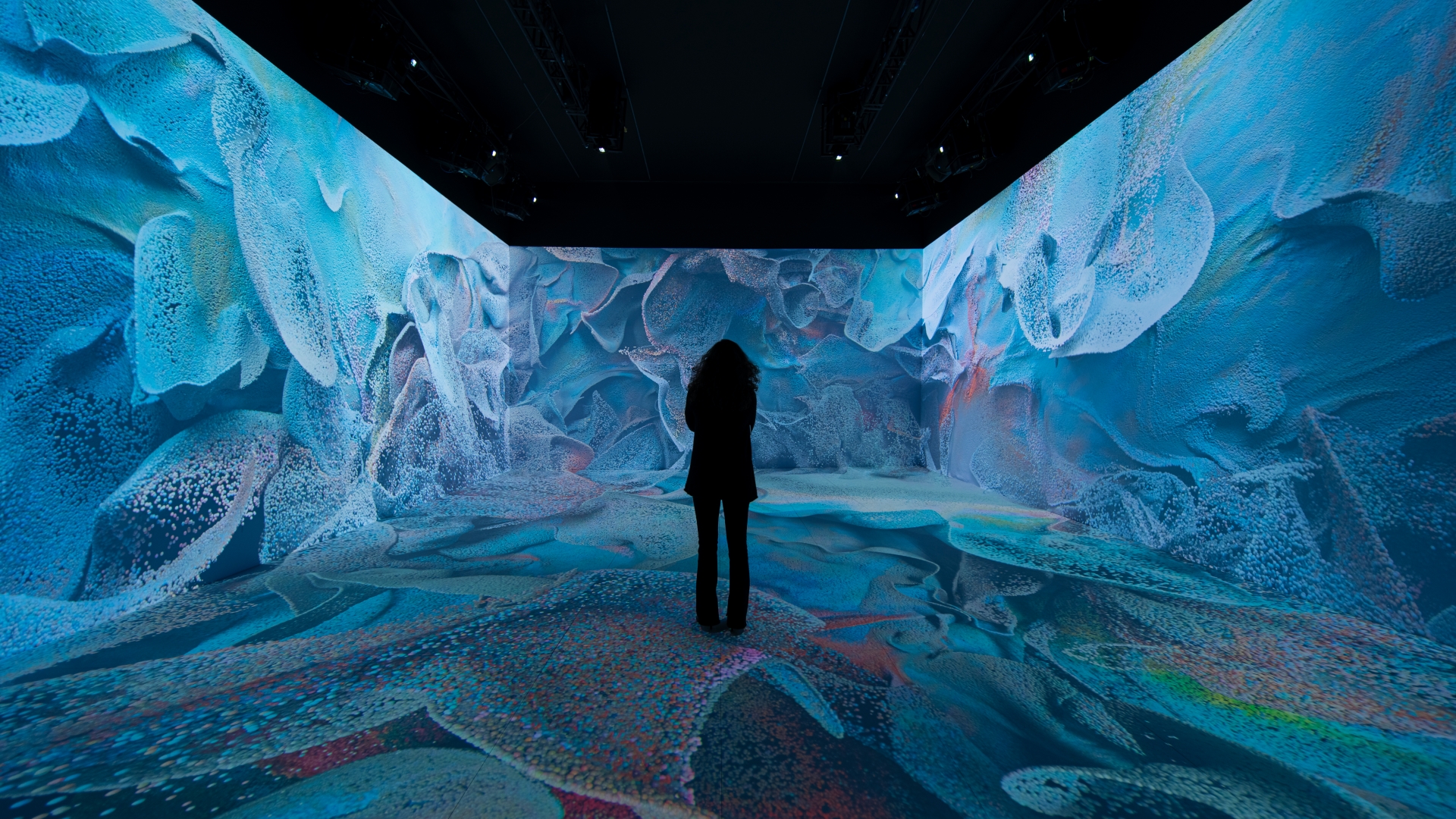
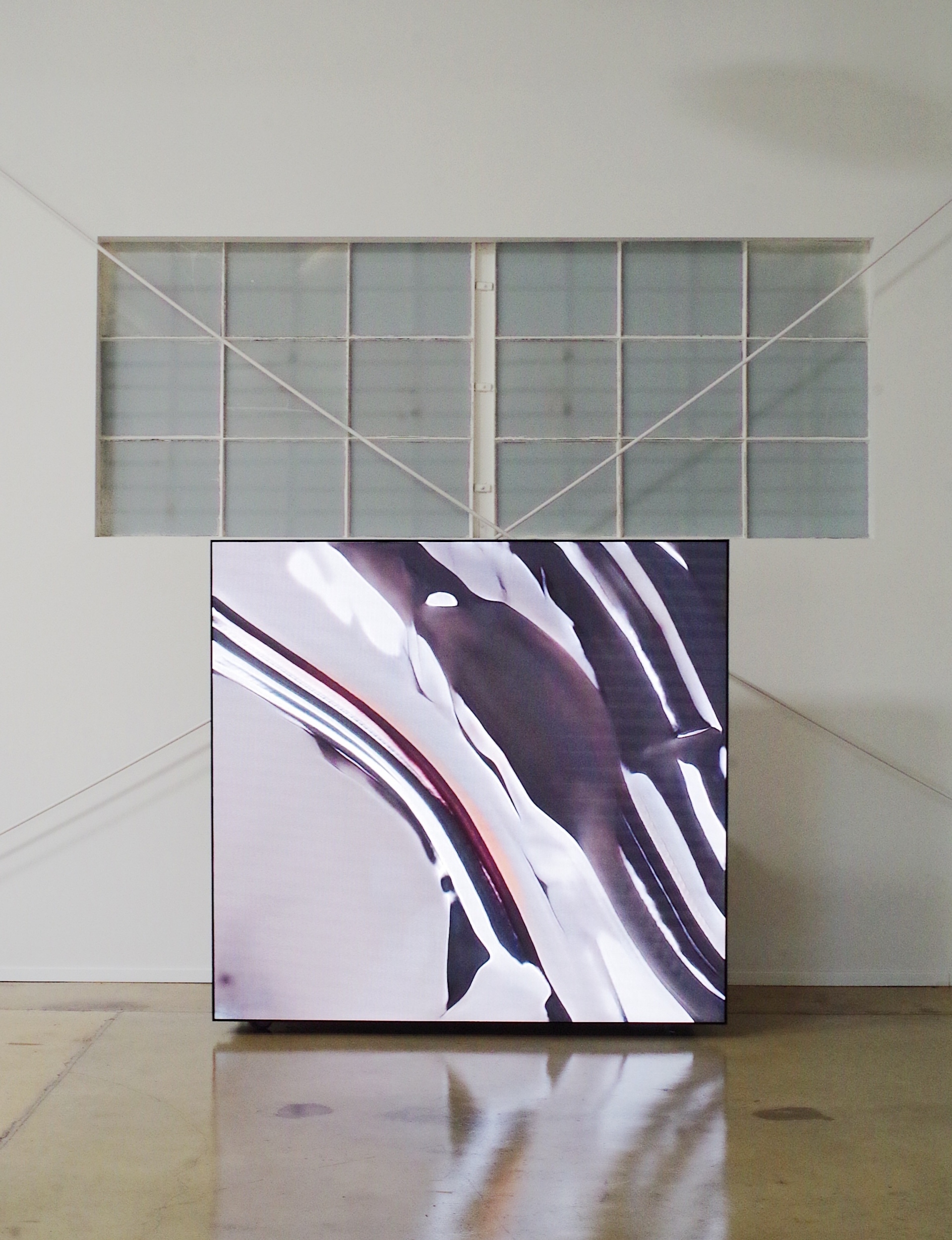
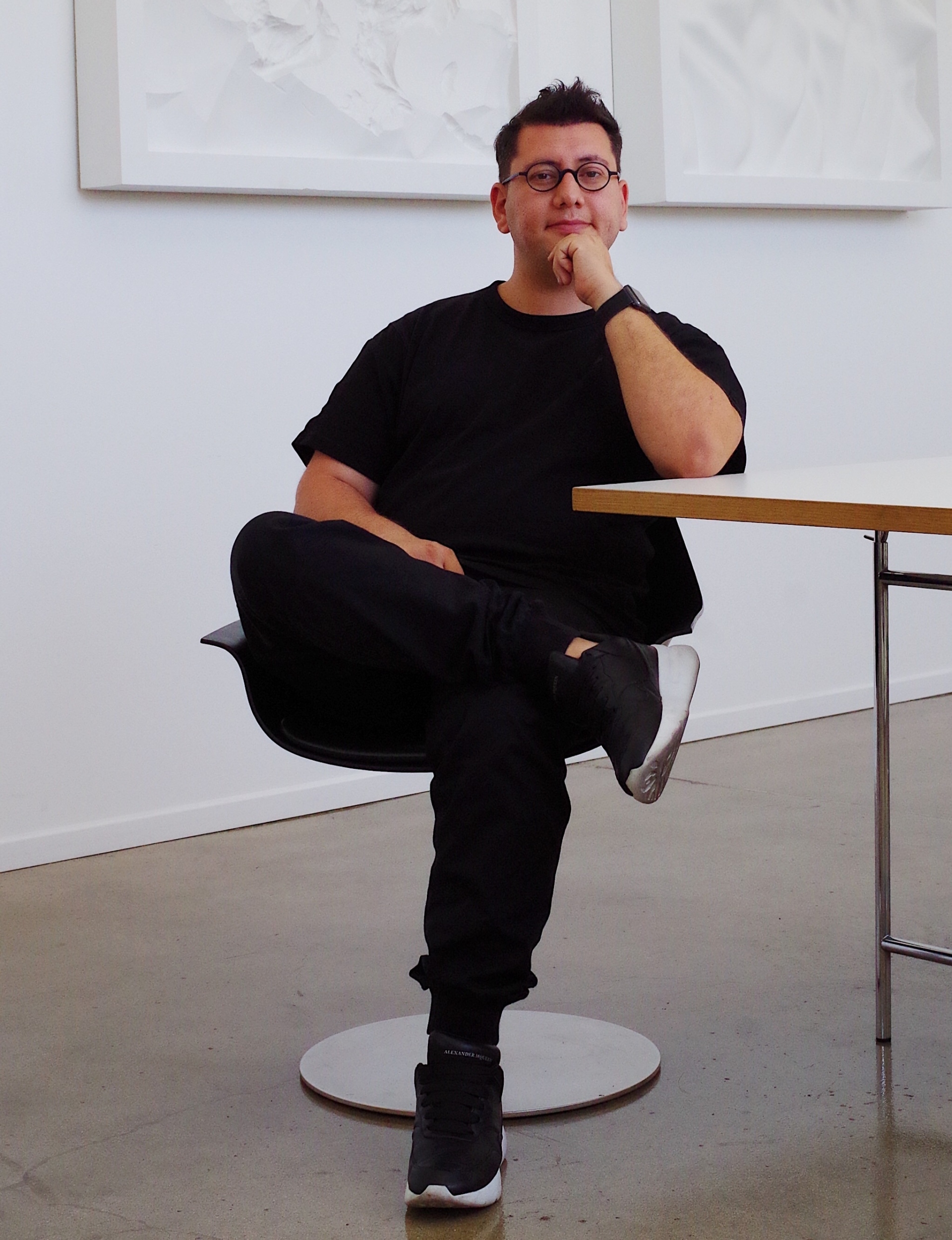
Anadol’s body of work addresses the challenges, and the possibilities, that ubiquitous computing has imposed on humanity, and what it means to be a human in the age of AI. He explores how the perception and experience of time and space are radically changing now that machines dominate our everyday lives. Anadol is intrigued by the ways in which the digital age and machine intelligence allow for a new aesthetic technique to create enriched immersive environments that offer a dynamic perception of space. By proposing the possibility of “post-digital architecture,” Anadol invites his audience to imagine alternative realities by re-defining the functionalities of both interior and exterior architectural elements. He tackles this by moving beyond the integration of media into built forms and translating the logic of a new media technology into art and design, particularly his works explore the space among digital and physical entities by creating a hybrid relationship between architecture and media arts with machine intelligence.
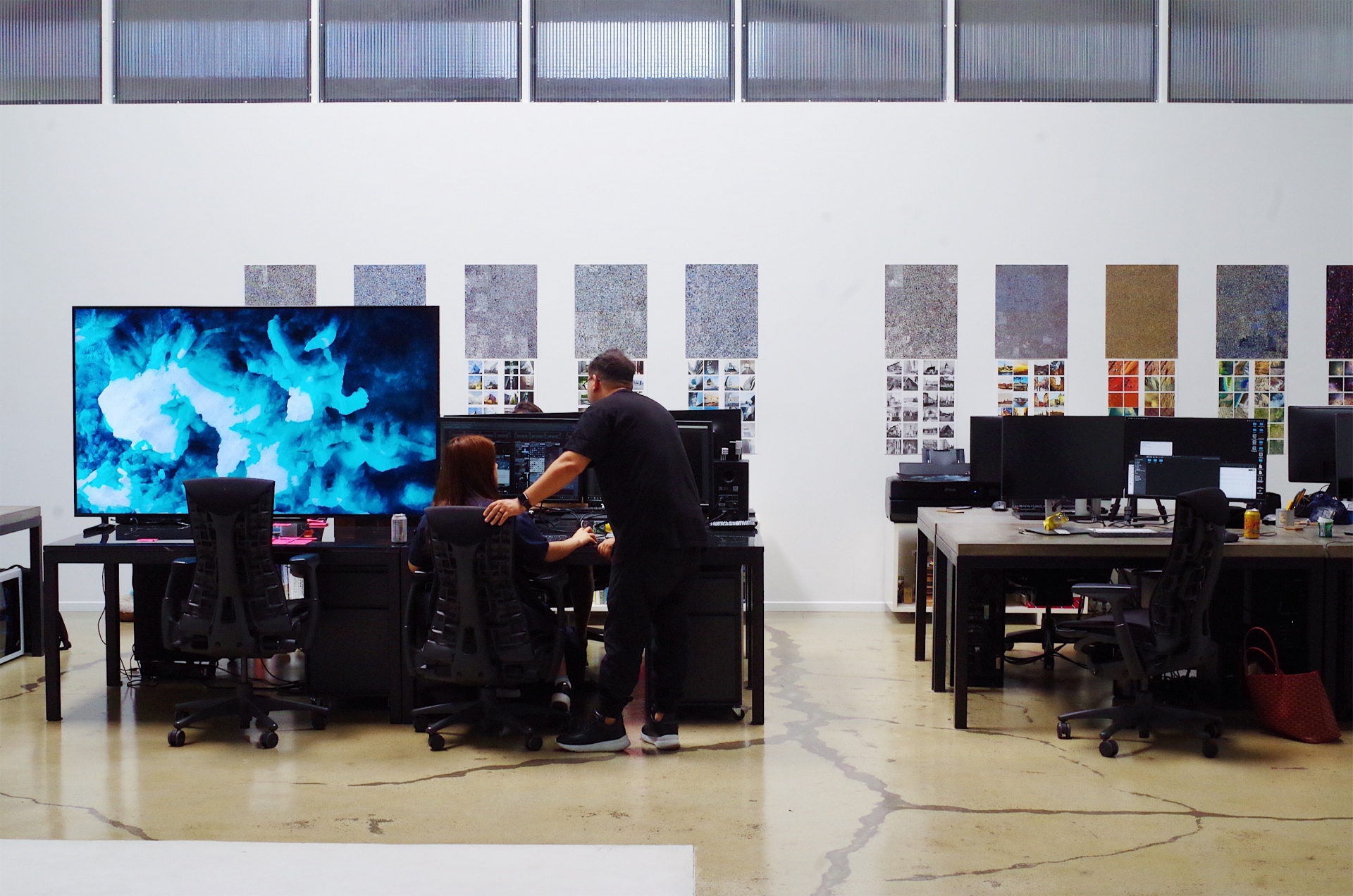
Residing at the crossroads of art, science, and technology, Anadol’s site-specific three-dimensional data sculptures and paintings, live audio/visual performances, and immersive installations take varied virtual and physical forms. Entire buildings come to life, floors, walls, and ceilings disappear into infinity, breathtaking aesthetics take shape from large swaths of data, and what was once invisible to the human eye becomes visible, offering the audience a new perspective on, and narrative of their worlds. We speak to the BODW's speaker as he shares with us his transformative work.
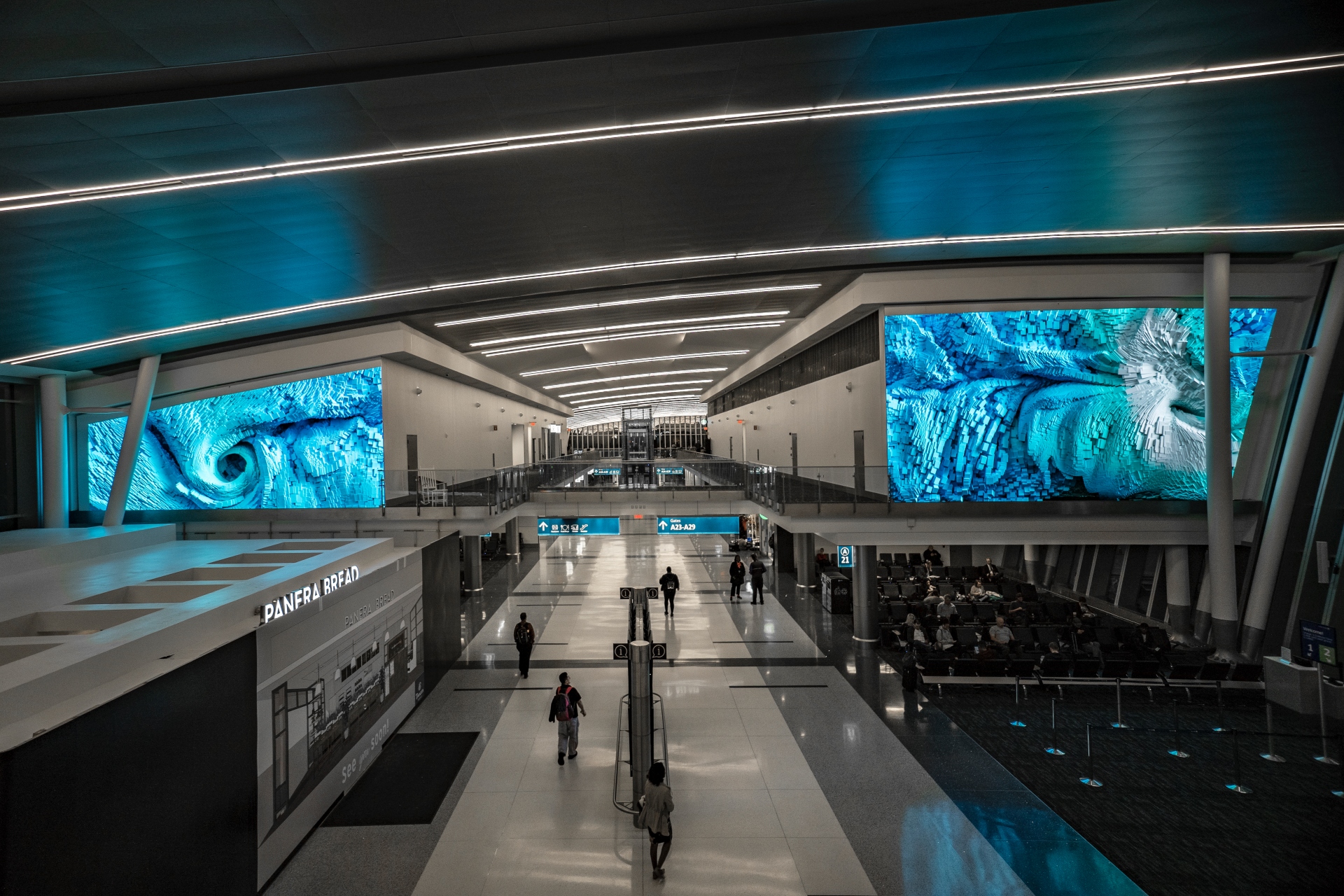
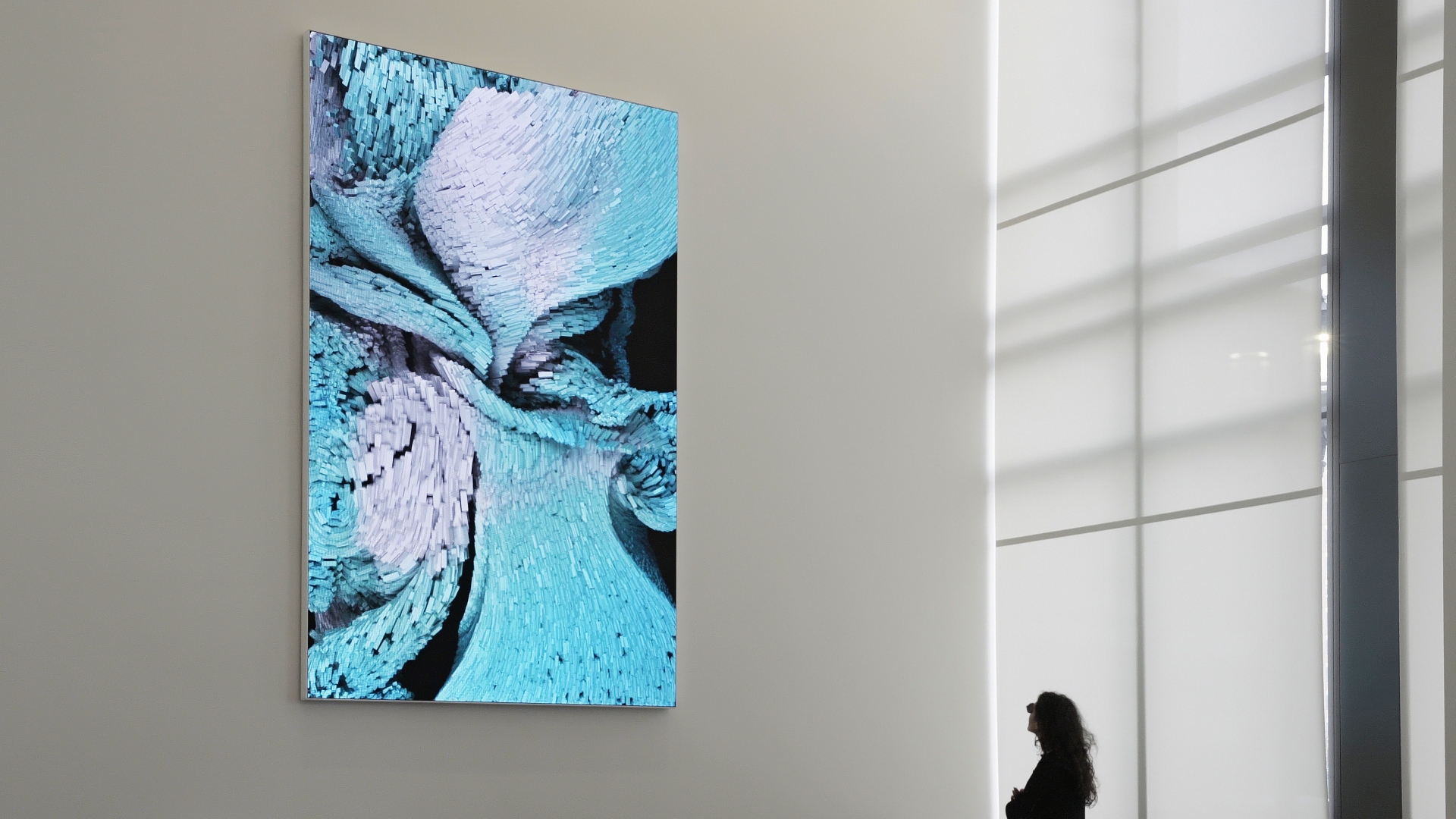
When was your defining moment in deciding to become a media artist?
It was 2008, when it was time to graduate. I was so lucky to be in a class and one of my professors was teaching a class called Pure Data. That class was the first time I saw how a digital sensor can sense distance. That is when I think I first coined the term “data painting”. Since then, I never quit working with data and algorithms, eventually working with architecture and AI.
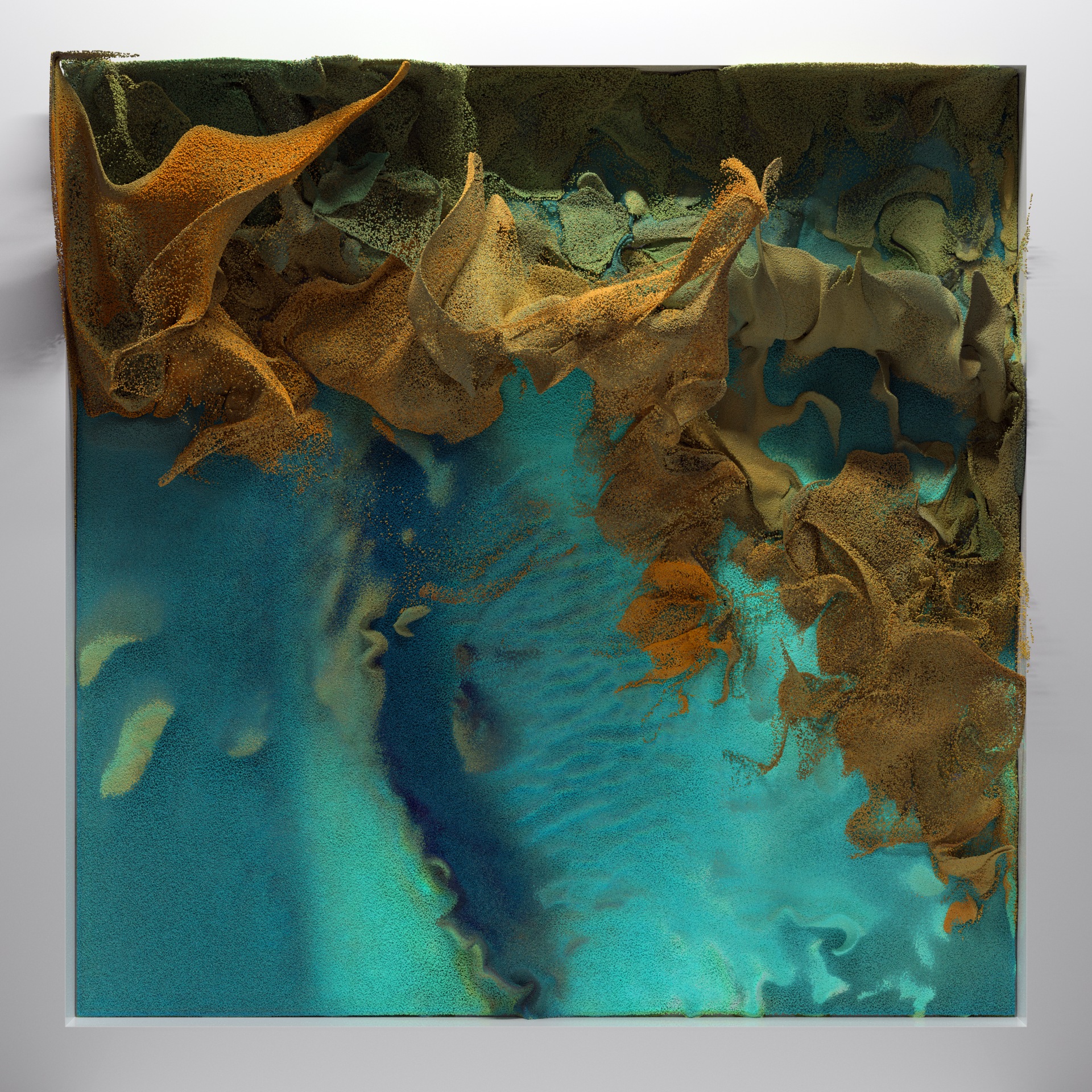
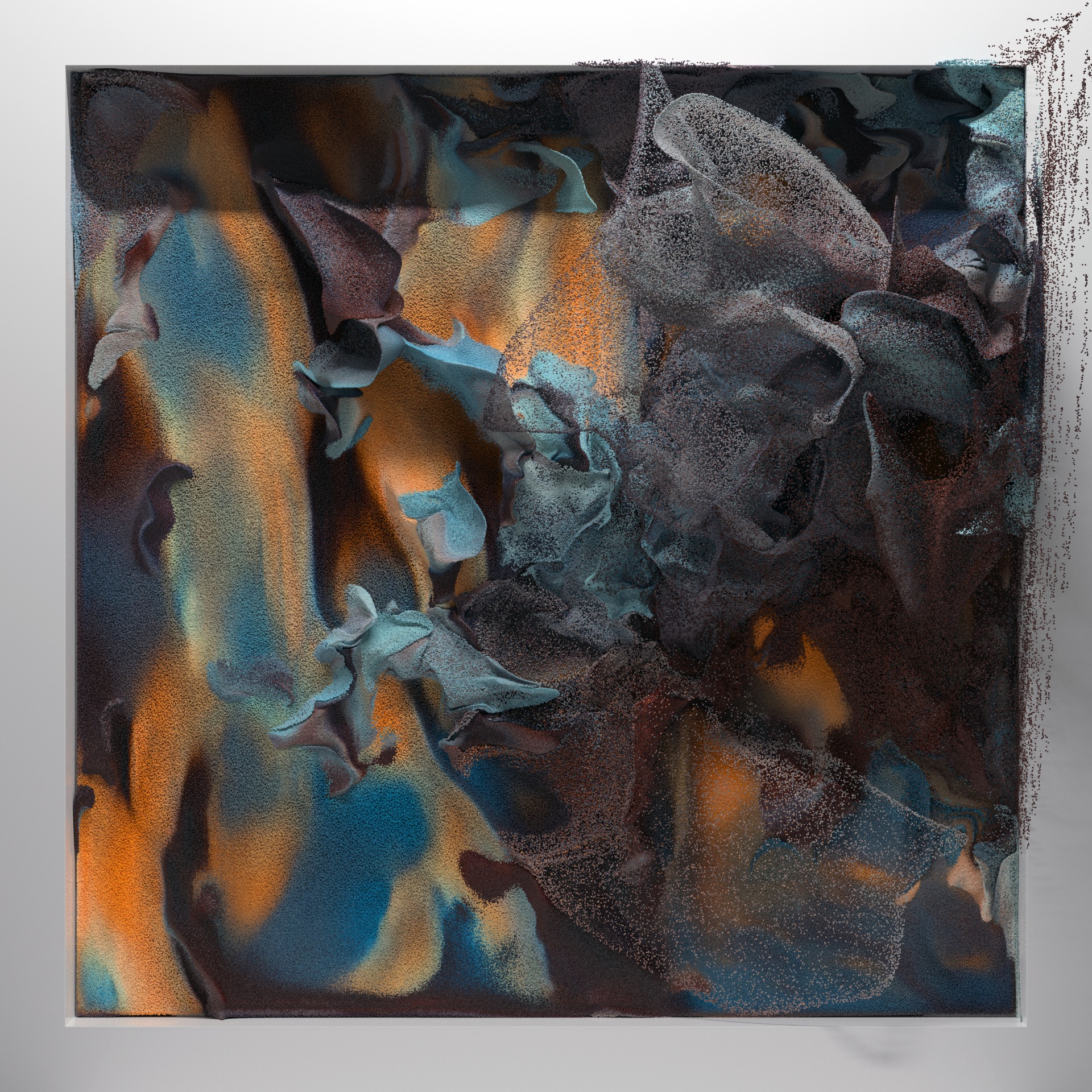
Who has the biggest influence on you as an artist?
The entire science fiction field. I wouldn’t say there is one artist, but many, many creators both in cinema and literature. In science fiction, William Gibson, Philip K. Dick, and then [you have] creators like Ridley Scott, Steven Spielberg, JJ Abrams, George Lucas… many people who have been defining the future of experiences in life in the form of cinema.
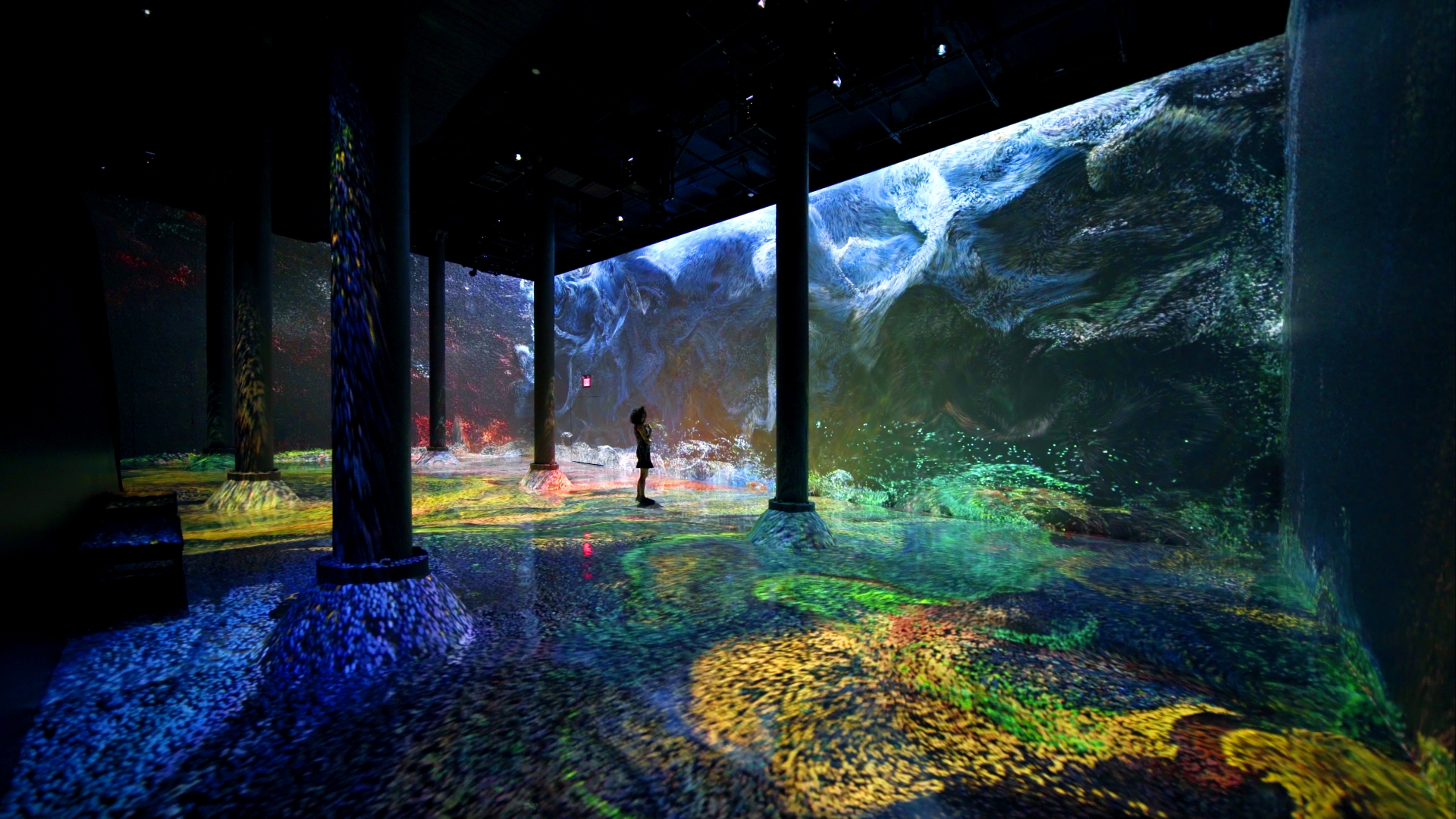
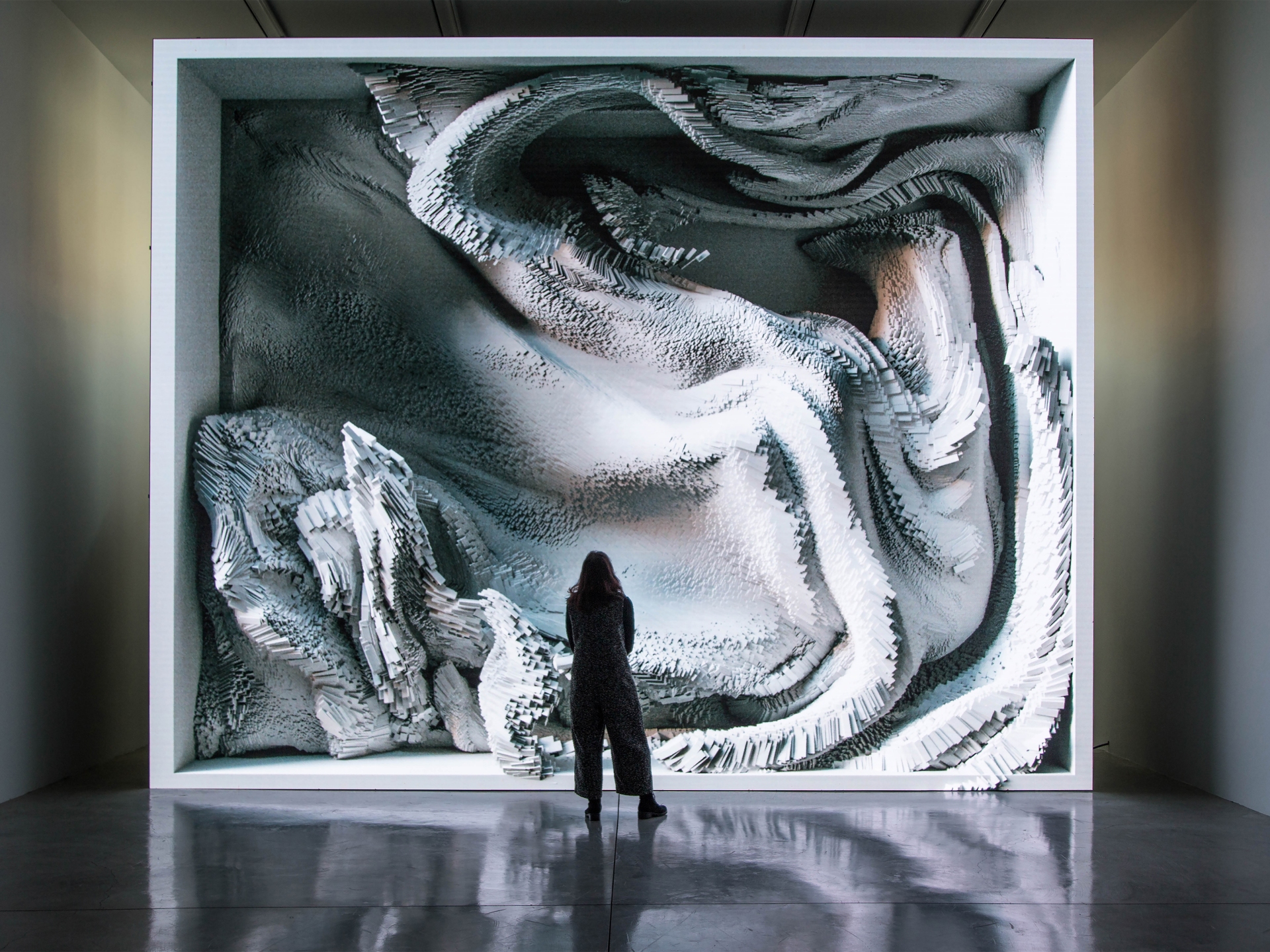
What does art mean to you? Why do you think it’s important to create art that is accessible to the public?
For me, art is humanity’s capacity of imagination. An important part of that is making it for anyone – any age, any background, any culture. It is one of the hardest things to unite and create an experience for everyone. Finding what connects us, and unites us, is my challenge, and art has that same capacity of that powerful mission. In our work, the public represents to us everyone, anyone, in the world and that is one of the reasons our practice is heavily focused on public art and working with collective data - meaning data that anyone can access and draw meaning from.
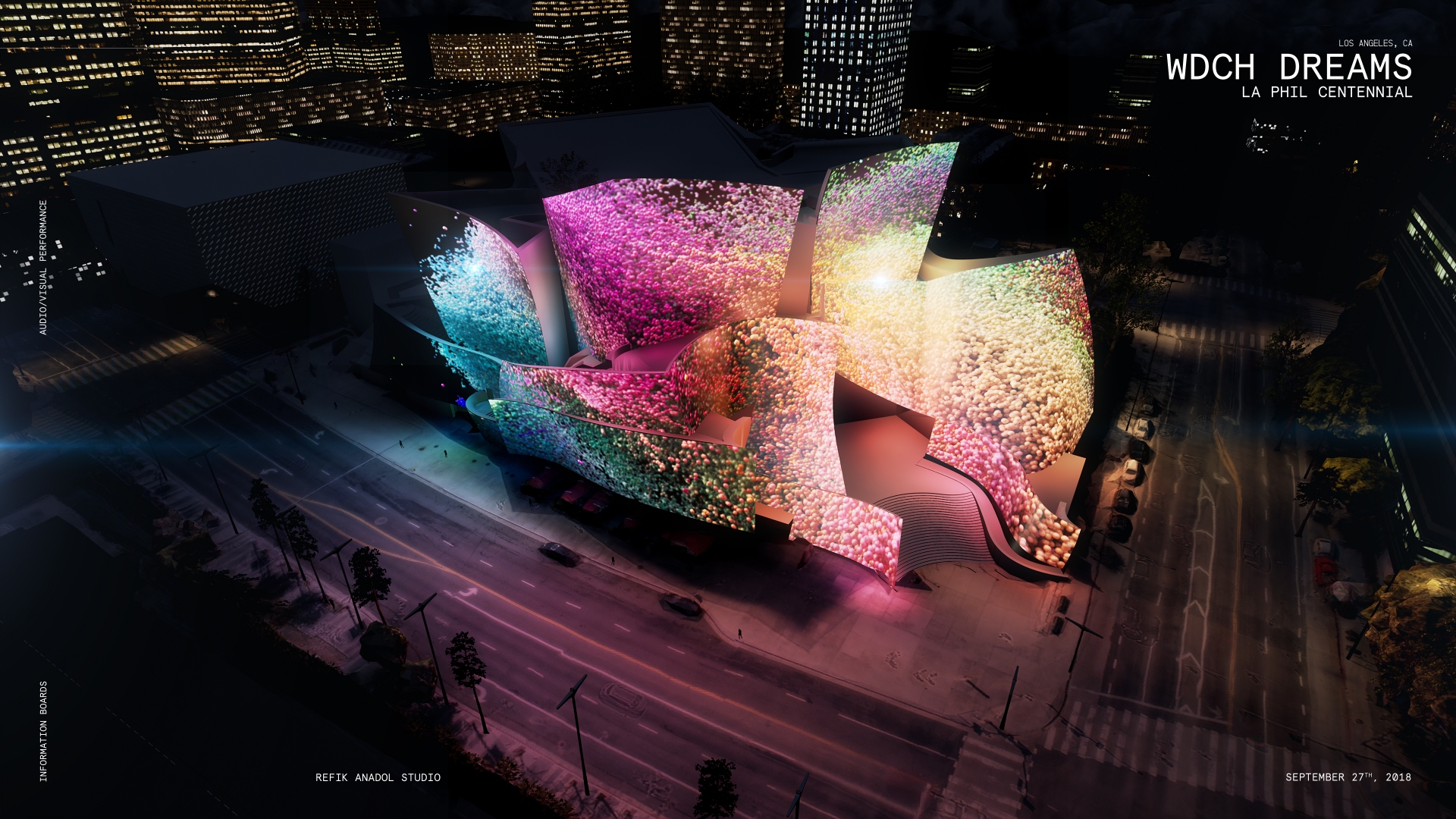
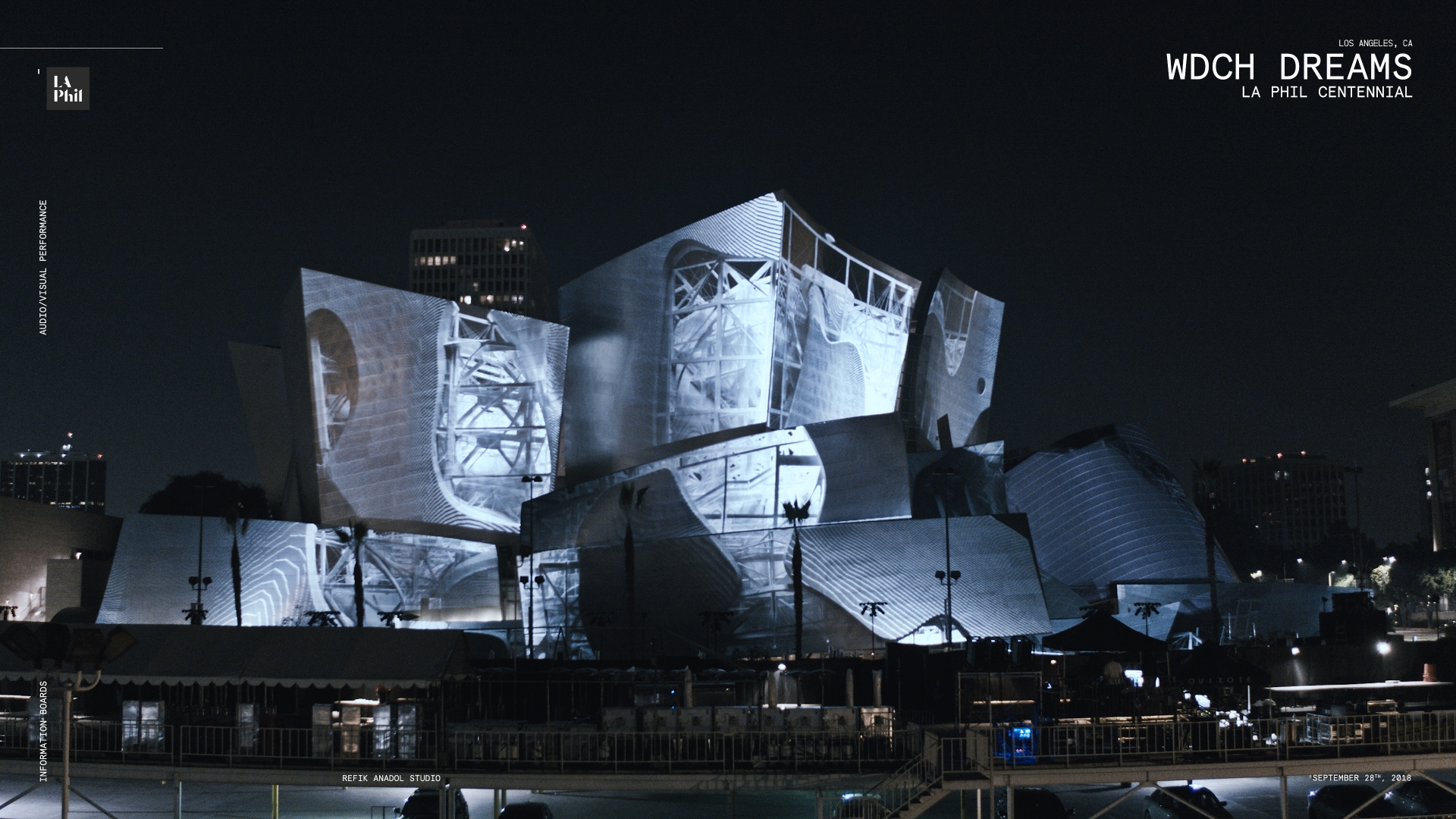
You and your multi-disciplinary studio work with professionals from different walks of life. What is your process in turning science fiction into reality, and what amazes you about it?
Everything starts with a basic imagination. Basic, meaning just imagining. The team, which I am extremely proud of, is where the dreams become real. While we are designing these experiences, or artworks, we do not look very far away but use tools, hardware, and software from the present. What amazes me the most is being able to create together. I don’t believe the future that is waiting for us is individual or egocentric, but actually more about collaborative thinking, sharing, and imagining. What we are modeling at our studio is how we can create these never-before-seen experiences by detaching ego from data, while generating meaningful experiences and making the invisible more visible. The technology we are using every day is becoming more and more invisible, but the art we make can make it more visible.
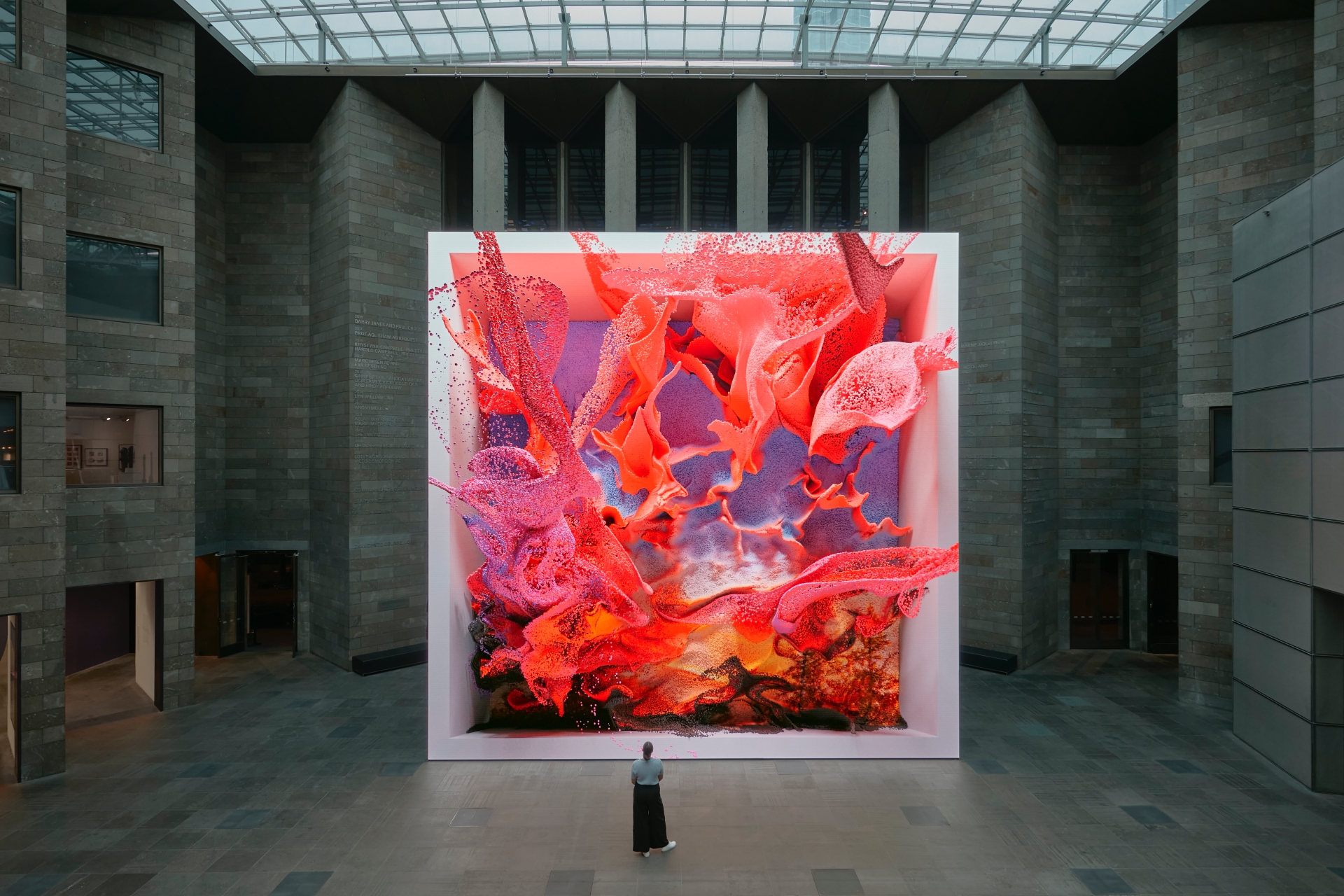
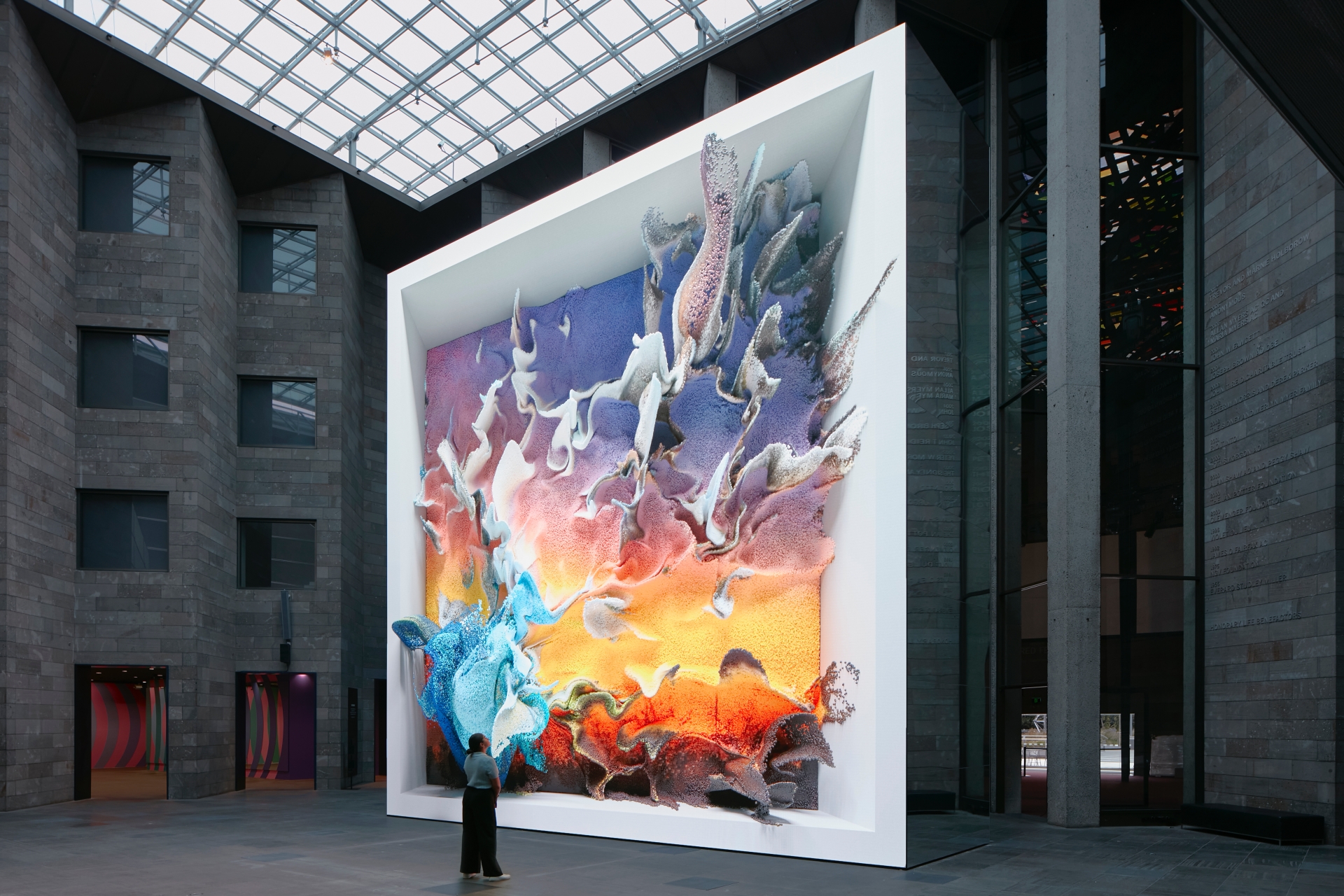
Could you share a bit about one of your latest projects, AI Cinema - a collaboration with Nike to celebrate the history of Turkish cinema?
It was a longtime dream to generate AI using cinema. When Nike in Turkey asked to create a whole new project called “Hope,” the name was incredible, the location was meaningful – a 100-year-old theater where many important cultural movies have screened in Turkey, and have a meaningful role in their society. I thought this was an incredible time to look for the memories of this building, such as the 150 movies played here. We took these as input for our AI, so we basically explore 150 movies; their scripts, images, and sounds, and generate an audiovisual performance – an act of dreaming that AI becomes part of the building. It’s as if one day AI is dreaming and remembering the past and future of the building. We call this AI cinema.
How do you keep your ideas fresh?
The mere future. [I am] always inspired by the future and the people changing the world. I find my inspiration in people who are pioneers, such as scientists who are giving meaning to our lives.
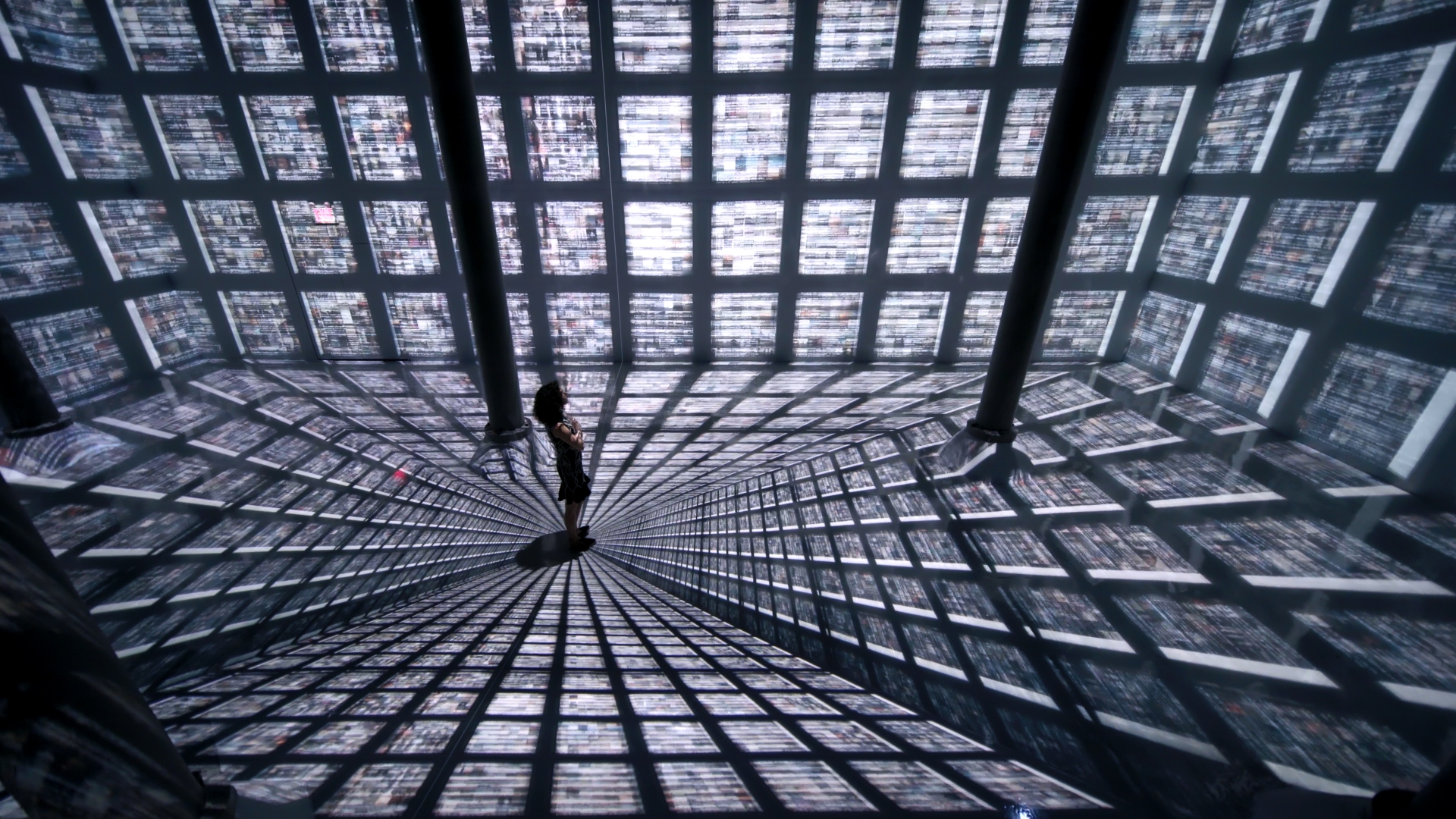
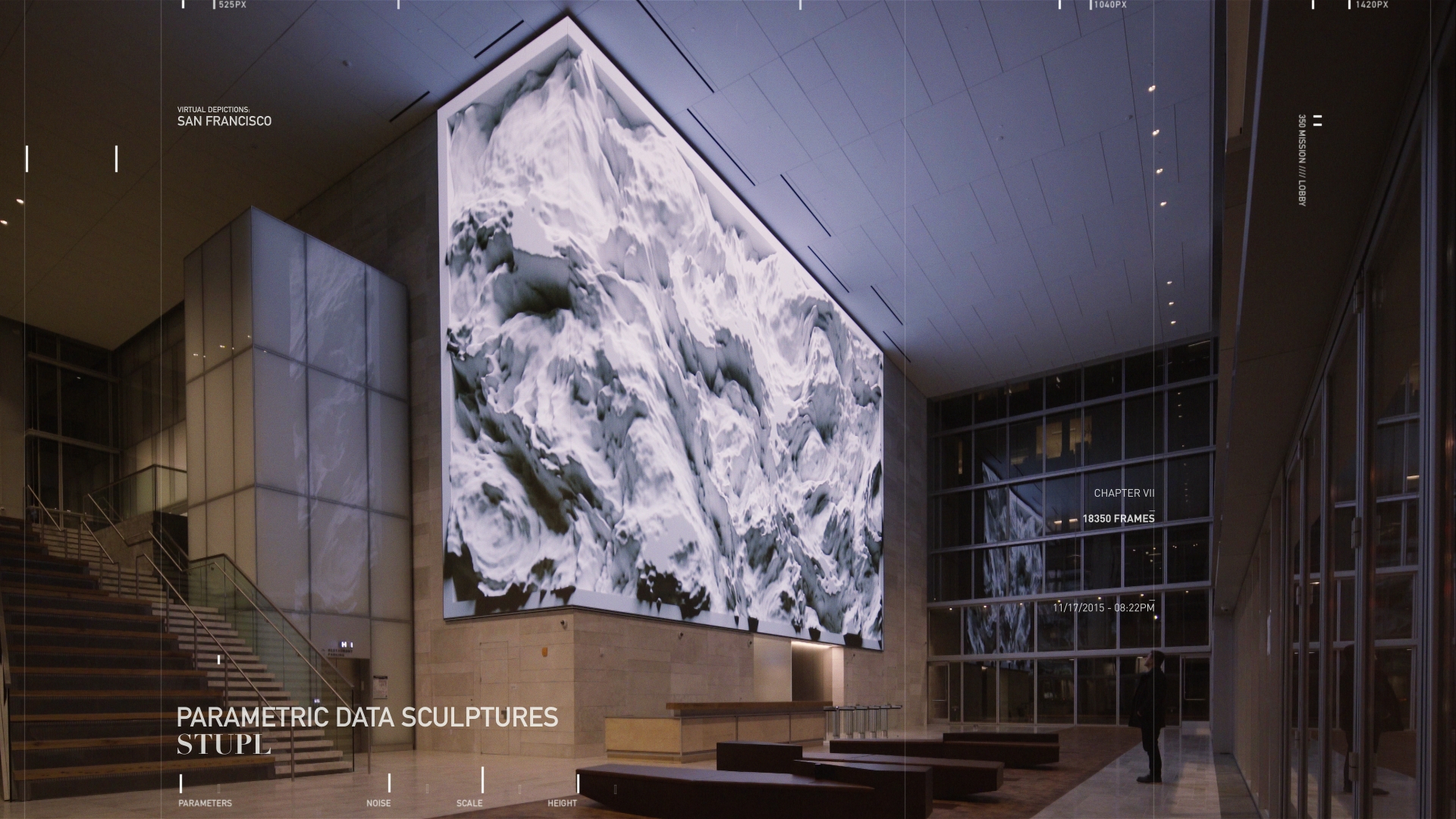
Tell us about one of your recent favourite books, exhibitions, TV shows or films?
A recent book is The Grand Biocentric Design, by Robert Lanza. It [offers] an incredible quantifiable meaning of consciousness through the lens of science and quantum physics. I still cannot forget about an exhibition by James Turrell at the Museum of Modern Art (MoMA). We were also able to see Neelon Crawford’s pieces, which are available through Spring 2022. I was especially extremely inspired by the MoMA’s NFT project, [featuring] the 200,000 artworks ever collected by the museum. [On television] there’s Devs, created by Alex Garland, a speculation of the future – it’s a bit dark, dystopian.
